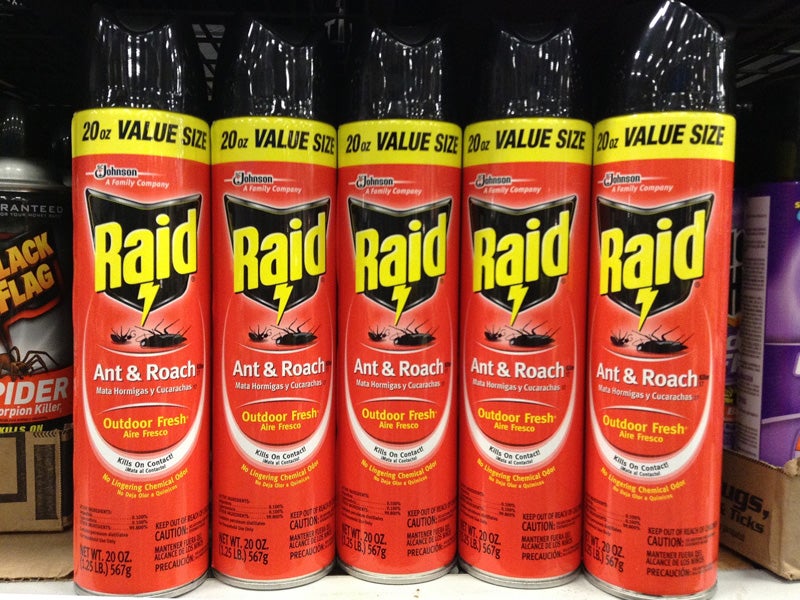Challenging EPA's Failure to Require Pesticide Ingredient Disclosure
The public knows very little about the chemicals contained in many pesticides because pesticide manufacturers are only required to list “active” ingredients that target a pest and not “inert” ingredients, despite the fact that many inerts are hazardous or suspected toxic chemicals.
Clients
Regional Office / Program
Case Overview
Earthjustice is representing the Center for Environmental Health, Beyond Pesticides, and Physicians for Social Responsibility in a case challenging the U.S. Environmental Protection Agency for failing to complete rulemaking that would require pesticides manufacturers to disclose the inert ingredients found in their products. An inert ingredient is any ingredient that is “not active,” or not targeted to killing a pest. Frequently these chemicals can be just as toxic as active ingredients, which manufacturers are required to disclose.
Billions of pounds of pesticides are dispersed throughout the U.S. and enter our food supply, homes, schools, public lands and waterways. The public knows very little about the chemicals contained in most of these pesticides because under the Federal Insecticide, Fungicide, and Rodenticide Act (FIFRA), pesticide manufacturers are only required to list “active” ingredients that target a pest and not “inert” ingredients, despite the fact that many inerts are hazardous or suspected toxic chemicals.
As a result, pesticide labels only identify the weight percentage of inert ingredients, which often comprise 50 to 99 percent of a formulation, and mislead the public into thinking that these other “inert” ingredients are safe. In 1997, EPA’s own studies found that “many consumers have a misleading impression of the term ‘inert ingredient’ believing it to indicate water or other harmless ingredients.”
In 2006, a coalition of 22 NGOs along with 15 state Attorneys General, including California, filed petitions for a rule requiring disclosure of hazardous inert ingredients. After EPA failed to respond, the Center filed a lawsuit in 2009 to compel EPA to begin the rulemaking process.
Shortly thereafter, the EPA issued an advance notice of proposed rulemaking, soliciting comment on two alternative proposals. One would require listing of all ingredients already identified as hazardous and the other would require listing of all ingredients. The comment period for the proposals closed in April 2010.

Case Updates
Case page created on March 5, 2014.
